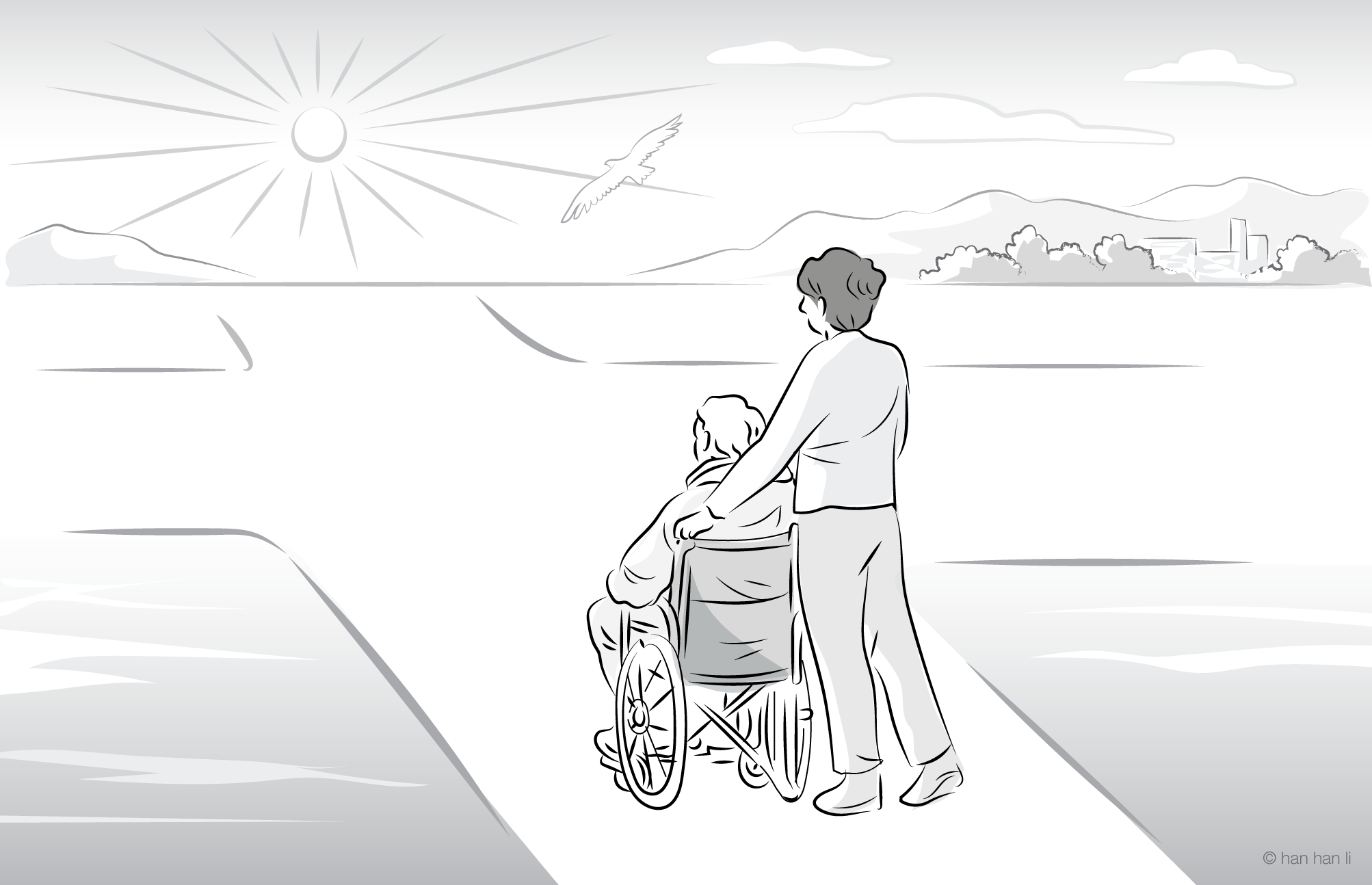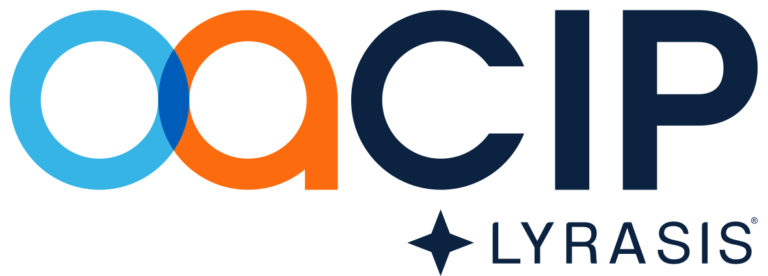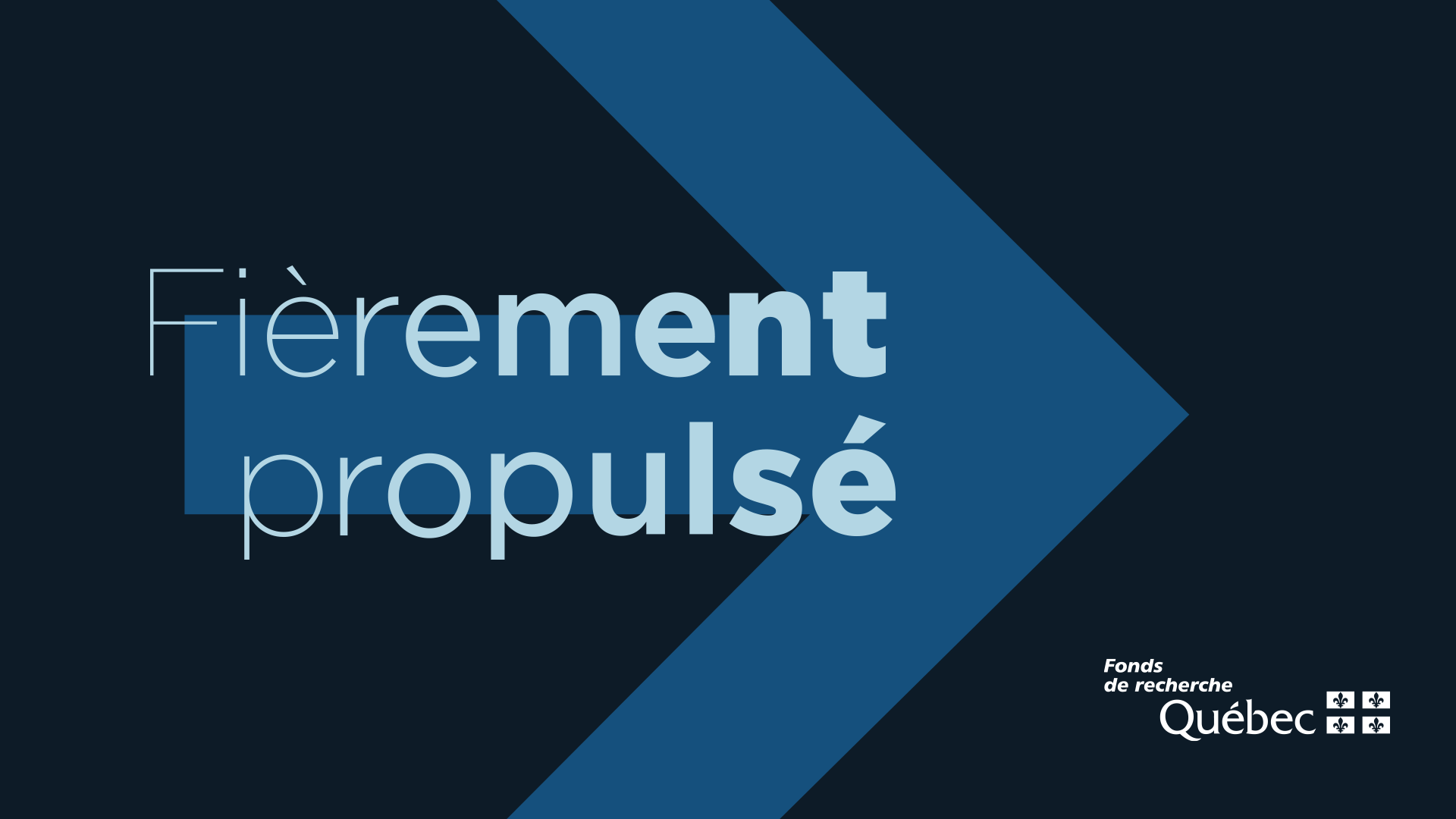Radical Suffering, Callousness, and Child Abuse: Communal Responsibilities for Suffering and Advocacy within Cultures Abuse
DOI:
https://doi.org/10.7202/1118913arKeywords:
child abuse, radical suffering, suffering, callousness, culture of abuse, advocacy, United StatesLanguage(s):
EnglishAbstract
The definition of suffering is difficult to pinpoint, particularly when addressing suffering within cases of child abuse. Dividing humanity into the categories of “perpetrators” and “victims” is too rudimentary. This dichotomy depreciates the human cost of the “perpetrator” while simultaneously failing to account for the complexity of “victimization” and the communal/collective responsibility for the suffering of those abused. This essay introduces two terms from feminist Christian theology, “radical suffering” and “callousness,” as a way of bolstering already-established definitions of suffering within the clinical context and bioethics literature. The aim is to: a) describe suffering in a way that mitigates dehumanizing tendencies and b) direct attention to a collective responsibility for cultures of abuse that enable violence and violation.
References
1. Ruffolo LI, Gaba H, Dale BS, et al. Outcomes after child physical abuse and association with community-level social determinants of health. Journal of the American College of Surgeons. 2022;235(5):810-18.
2. Puls HT, Chung PJ, Anderson C. Universal child care as a policy to prevent child maltreatment. Pediatrics. 2022;150(2):e2022056660.
3. Farley W. Tragic Vision and Divine Compassion: A Contemporary Theodicy. Louisville, KY: Westminster John Knox; 1990.
4. Tate T. What we talk about when we talk about pediatric suffering. Theoretical Medicine and Bioethics. 2020;41(4):143-63.
5. Amonoo HL, Harris JH, Murphy WS, Abrahm JL, Peteet JR. The physician’s role in responding to existential suffering: what does it mean to comfort always? Journal of Palliative Care. 2020;35(1):8-12.
6. Salter EK. The new futility? The rhetoric and role of “suffering” in pediatric decision-making. Nursing Ethics. 2020;27(1):16-27.
7. Cassell EJ. Recognizing suffering. Hastings Center Report. 1991;21(3):24-31.
8. Ledbetter EO. An ethical approach to intervention/prevention of child maltreatment. Advances in Pediatrics. 2003;50(1):215-229.
9. Palusci VJ, Botash AS. Race and bias in child maltreatment diagnosis and reporting. Pediatrics. 2021;148(1):e2020049625.
10. Puls HT, Hall M, Anderst JD, Gurley T, Perrin J, Chung PJ. State spending on public benefit programs and child maltreatment. Pediatrics. 2021;148(5):e2021050685.
11. World Health Organization. A conceptual framework for action on the social determinants of health: Social determinants of health discussion paper 2. Geneva: WHO; 2010.
Published
How to Cite
Issue
Section
License
Copyright (c) 2025 R. Dawn Hood-Patterson

This work is licensed under a Creative Commons Attribution 4.0 International License.
The Canadian Journal of Bioethics applies the Creative Commons Attribution 4.0 International License to all its publications. Authors therefore retain copyright of their publication, e.g., they can reuse their publication, link to it on their home page or institutional website, deposit a PDF in a public repository. However, the authors allow anyone to download, reuse, reprint, distribute, and/or copy their publication, so long as the original authors and source are cited.

















_smaller.png)

